Occupational safety training for operating tower cranes
99,000 ₫
Note: The above price is calculated per person and may fluctuate depending on the number of participants in the course and market conditions. For more accurate pricing, please refer to the price list or contact our consulting staff directly.
Occupational safety is a critical issue when operating tower cranes and must be addressed promptly to ensure the health and safety of workers while enhancing the reputation of businesses. The Occupational Safety Training course is one of the effective solutions to raise awareness on how to prevent workplace accidents for workers operating tower cranes.
Table of Contents
Toggle1. Overview of Tower Cranes
a. What is a Tower Crane?
A tower crane is a type of construction machine commonly used in the construction industry to lift and transport heavy and bulky materials, such as concrete, construction steel, and other building structures. Tower cranes are typically used for constructing high-rise buildings and other large-scale construction projects.
Tower cranes usually have a sturdy structure with a tall main tower, mounted on a foundation or the ground. The crane can rotate and lift materials using a jib or lifting arm that moves up and down along the main tower. This allows the crane to lift and transport materials from one location to another on the construction site.
Tower cranes are crucial in the construction industry, helping improve work efficiency and occupational safety during large and complex construction projects.

b. Applications of Tower Cranes in Production
Tower cranes are not only used in construction but also have various applications in other production sectors. Below are some examples of tower crane applications in production:
- Machinery and equipment production and assembly: Tower cranes can be used to lift and move large, heavy, and bulky components during the production and assembly of industrial machinery and equipment.
- Automobile manufacturing and assembly: In the automotive industry, tower cranes are often used to lift and move car parts, such as engines, gearboxes, and car bodies, for assembly.
- Warehouse goods handling: Tower cranes can be used in large warehouses to lift and move pallets or large goods from one location to another.
- Industrial product manufacturing and assembly: In many industries, tower cranes are used to lift and move large industrial products, such as industrial machinery, steel plates, steel structures, and more.
- Aerospace manufacturing and assembly: Tower cranes play a key role in the production and assembly of aircraft and spacecraft components and parts.
- Renewable energy production: In renewable energy production, tower cranes can be used to install and maintain structures such as wind turbines, solar panels, and other related equipment.

c. Industries Using Tower Cranes
Tower cranes are widely used across various production industries. Below are some main industries where tower cranes are commonly applied:
- Construction Industry: One of the largest users of tower cranes. They help lift and move large construction materials such as concrete, steel, bricks, and other building structures.
- Automotive Industry: Tower cranes are used for assembling car parts, including engines, gearboxes, and car bodies.
- Industrial Manufacturing: In factories, tower cranes are essential for lifting and moving industrial machinery, production equipment, and large industrial products.
- Aerospace Industry: Used to install and maintain components and parts of aircraft and spacecraft.
- Renewable Energy Industry: Tower cranes are used to install wind turbines, solar panels, and other renewable energy equipment.
- Electronics and Computer Manufacturing: Used to lift and move parts such as printed circuit boards, screens, and other equipment.
- Paper and Printing Industry: Used to lift and move large paper rolls and printing machinery.
Thus, tower cranes have diverse applications across many production sectors to efficiently lift and move large and heavy materials and products.
2. Overview of Safety Training Courses for Tower Crane Operation
a. What is Occupational Safety Training?
- Occupational safety training for tower crane operation consists of sessions that raise awareness on accident prevention for workers. Those who work directly with tower cranes belong to Group 3.
- The training course helps workers recognize and prevent hazards, minimizing the risks of workplace accidents.
REGISTER FOR OCCUPATIONAL SAFETY TRAINING SERVICE
b. Training Duration
Initial Safety Training Duration
- Total training time is at least 24 hours, including exam time.
- 8 hours of theory on occupational safety laws and policies
- 8 hours of basic occupational safety knowledge
- 4 hours of specialized training theory
- 2 hours of practical specialized training
- 2 hours of final theory exam
The training center schedules multiple sessions depending on workers’ availability. Usually, there are 6 sessions over 3 days if the company arranges continuous learning time.
Periodic Safety Training Duration
- Before the occupational safety card expires, workers must undergo periodic occupational safety training, with the periodic training duration being at least 50% of the initial training duration.
Explanation: Total periodic safety training duration is at least 12 hours, including exam time. After completion and passing the exam, the worker will be reissued or renewed the occupational safety card.
c. Training Content
| No. | TRAINING CONTENT | TRAINING HOURS | |||
| Total | Breakdown | ||||
| Theory | Practice | Exam | |||
| I | Occupational Safety Laws and Policies | 8 | 8 | 0 | 0 |
| 1 | Overview of occupational safety regulations and legal documents. | 6 | 6 | ||
| 2 | Occupational safety standards and technical regulations. | 1 | 1 | ||
| 3 | Specific regulations of state authorities regarding safety when constructing, expanding, or renovating facilities, handling equipment and hazardous materials. | 1 | 1 | ||
| II | Basic Occupational Safety Knowledge | 8 | 8 | 0 | 0 |
| 1 | Basic knowledge of workplace hazards and harmful factors. | 4 | 4 | ||
| 2 | Methods to improve working conditions. | 1 | 1 | ||
| 3 | Safety culture in production and business. | 1 | 1 | ||
| 4 | Rights and duties of employers and employees; occupational safety policies; roles of safety networks. | 1 | 1 | ||
| 5 | Safety regulations, signs, and use of safety equipment; first aid and occupational disease prevention skills. | 1 | 1 | ||
| III | Specialized Training Content | 6 | 4 | 2 | 0 |
| Comprehensive knowledge of machinery, hazardous materials; risk analysis and management; safe operating procedures for machines and hazardous substances. | 6 | 4 | 2 | ||
| IV | Final Training Exam | 2 | 2 | 0 | 0 |
| Total | 24 | 22 | 2 | ||
See more training content for the 6 groups
d. Occupational Safety Card
After completing the occupational safety training and passing the exam, workers will be issued a safety card (commonly called occupational safety certificate for Group 3).
The Group 3 safety card displays information such as name, date of birth, job, specific working environment, training duration, red stamp, and signature confirming course completion.
According to regulations in Clause 2, Article 24 of Decree 44/2016/ND-CP, there are two cases:
- If the employer and employee have an employment contract, the employer must sign and stamp the safety card after the worker completes the Group 3 training from the authorized training center and passes the exam.
- If the worker is freelance or temporary without an employment contract, the training unit must sign and stamp the safety card after the worker completes the training and passes the exam.

3. Hazards When Operating Tower Cranes
Operating a tower crane is a task that requires caution and strict adherence to safety rules because there are many hazards associated with this activity. Here are some key hazards when operating a tower crane:
- Material falling risk: Tower cranes are often used to lift and move heavy and bulky materials. If not operated properly or if lifting quality is inadequate, there is a risk of materials falling from height, causing injury or even death to nearby personnel.
- Accidents during crane movement: While moving the tower crane, there is a risk of collision with other structures, vehicles, or pedestrians. This can lead to serious accidents.
- Technical failure and malfunction: Tower cranes must be maintained and inspected regularly to ensure safe operation. A technical error or malfunction can lead to accidents.
- Severe weather conditions: Tower cranes often operate under various weather conditions, including rain, strong wind, and snow. These conditions can increase risks and require extra caution.
- Cranes management capability: Safe operation requires certified and experienced personnel. If the operator lacks skills or does not understand safety rules, accidents may occur.
- Personnel on site: Besides the operator, other people may work near the tower crane or within the danger zone. Inattention can result in accidents for them.
- Obstructed visibility: Tower cranes can block the operator’s view, making it difficult to monitor and respond to the surroundings.
To minimize risks and ensure safety when operating a tower crane, follow safety rules, train operators, perform regular maintenance, and comply with the crane manufacturer’s guidelines.

4. Measures to Control Workplace Accidents When Operating Tower Cranes
To control workplace accidents when operating tower cranes, a series of safety measures and risk management rules must be implemented. Here are some important measures to ensure safety during crane operation:
- Training and certification: Ensure all crane operators are fully trained and hold proper certification. Training includes crane operation knowledge, safety rules, and emergency procedures.
- Regular technical inspections: Conduct periodic technical inspections of tower cranes to ensure all components work properly and safely. Repair or replace any damaged or malfunctioning parts immediately.
- Load management: Always adhere to the specified load limits of the crane. Ensure the crane does not lift beyond its capacity to avoid collapse or material falling.
- Weather monitoring: Monitor weather conditions and stop crane operations if safety-threatening conditions occur, such as strong wind, heavy rain, or snow accumulation.
- Personal protective equipment (PPE): Ensure all personnel near the crane wear appropriate PPE, including helmets, safety glasses, reflective vests, and safety shoes.
- Establish and maintain safety zones: Set up safety zones around the crane to prevent unauthorized personnel from entering hazardous areas. Ensure zones are maintained clean and marked with warning signs.
- Use of safety devices: Employ safety devices such as alarm systems, load monitoring systems, and automatic shutdown systems to reduce accident risks.
- Establish safety rules: Develop specific safety rules for crane operations and ensure all participants understand and follow them.
- Cooperation and communication: Ensure all personnel involved in crane operations can communicate effectively and work together to maintain safety.
- Frequent inspections: Conduct regular evaluations of crane safety performance and team operations.
- Periodic inspection of the tower crane to detect safety issues such as mechanical wear or faults early, thereby reducing workplace accident risks.
5. Benefits of Occupational Safety Training
An Toan Nam Viet provides businesses with the following benefits upon completing occupational safety training courses as regulated under Decree 44/2016/ND-CP on Occupational Safety and Health:
- Employees can recognize potential accident risks and take preventive measures to avoid workplace accidents.
- Businesses can establish risk prevention measures in production, operation, and maintenance processes.
- Minimize costs associated with potential workplace hazards.
- Uninterrupted production increases labor productivity and product quality.
- Compliance with labor safety laws reduces legal risks.
- Enhances professional reputation and overall brand image for the company.
Nam Viet training courses help individuals prevent external hazards, avoiding injuries or even fatalities.
REGISTER FOR OCCUPATIONAL SAFETY TRAINING SERVICE
6. Customer Feedback After Completing Training Courses
An Toan Nam Viet has many years of experience collaborating with enterprises across Vietnam, especially in the southern provinces. Our commitment is highly valued, and therefore our occupational safety training programs are increasingly professional. Our growth is driven by positive feedback and suggestions from businesses. Below are some client testimonials:
See more customer interviews after using services from An Toan Nam Viet
7. An Toan Nam Viet’s Occupational Safety Training Capability
An Toan Nam Viet is a reputable and quality occupational safety training center in Vietnam, providing continuous training sessions at factories, production workshops, or construction sites across all 63 provinces.
REGISTER FOR OCCUPATIONAL SAFETY TRAINING SERVICE
License for Occupational Safety Training
- An Toan Nam Viet has been certified by the Department of Safety under Ministry of Labor – Invalids and Social Affairs, confirming our qualifications to conduct occupational safety and hygiene training.

Training materials and lectures
- Before being used in ATLĐ courses, training materials are reviewed to ensure content accuracy and effectiveness.
- Teaching methods follow the standards of An Toan Nam Viet, developed by experts in occupational safety training to maximize knowledge retention.
Facilities
- Control of classroom conditions enhances teaching efficiency and learner comprehension.
- Our training facilities provide spacious classrooms meeting standards for area, lighting, and training equipment.
8. Nationwide Reputable Occupational Safety Training Center
At An Toan Nam Viet, professional dedication to occupational safety training is our top priority. We ensure workers gain knowledge to protect themselves, contributing to national development.
We meticulously prepare everything from tools, equipment, teaching aids, curriculum, materials, sound, and lighting.
Our trainers are experienced experts with research on identifying hazards in all professions and methods to prevent them.
Lectures are practical and engaging, allowing workers to comfortably absorb knowledge. All content aligns with Decree 44/2016/ND-CP.
Our training center offers:
- Competitive training fees with guaranteed quality.
- Flexible schedules according to company production needs.
- Fast certification processing in compliance with law.
- Experienced trainers.
- Classroom conditions controlled for optimal learning efficiency.
- Curricula tailored to occupational safety in enterprises.
- Dedicated, professional support for clients.

9. Additional Occupational Safety Training Materials
- Occupational safety materials for tower crane operation
- Complete occupational safety training materials
- Occupational safety training test set
- Occupational safety multiple-choice test for tower crane operation
- Slides for occupational safety training when operating tower cranes
1 review for Occupational safety training for operating tower cranes
No comments yet

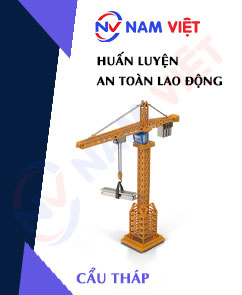
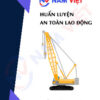
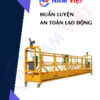



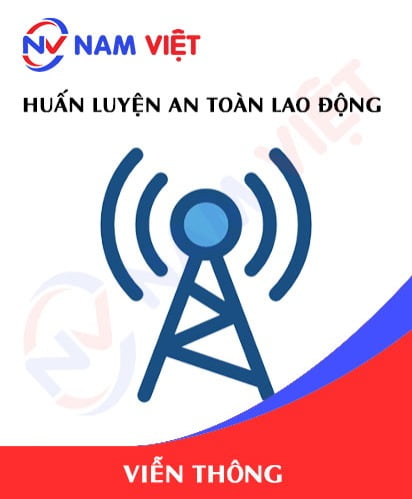
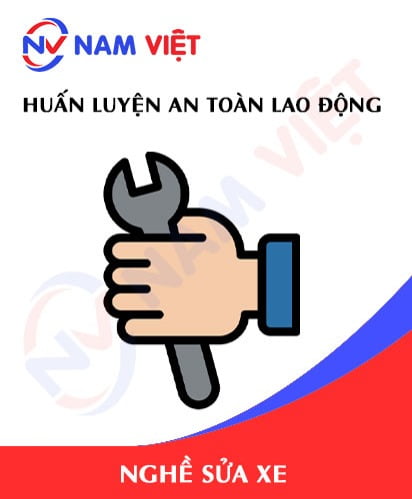

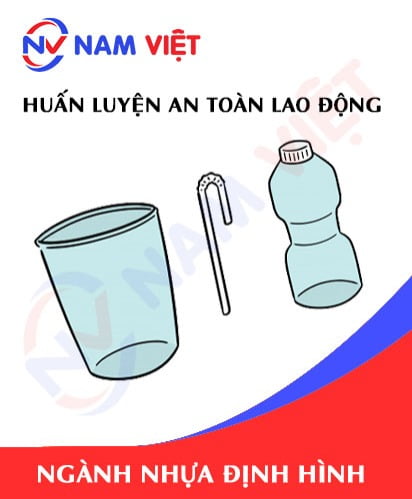


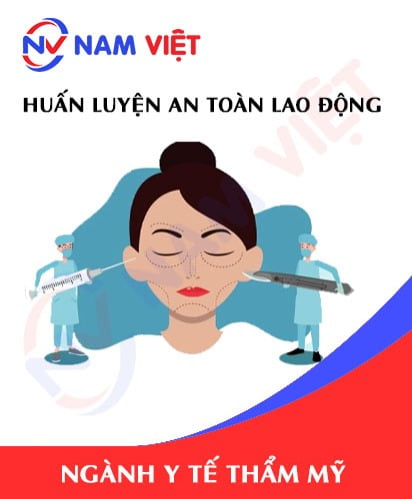

phanminhhang341
Trung tâm huấn luyện an toàn lao động chuyên nghiệp ở Việt Nam nha